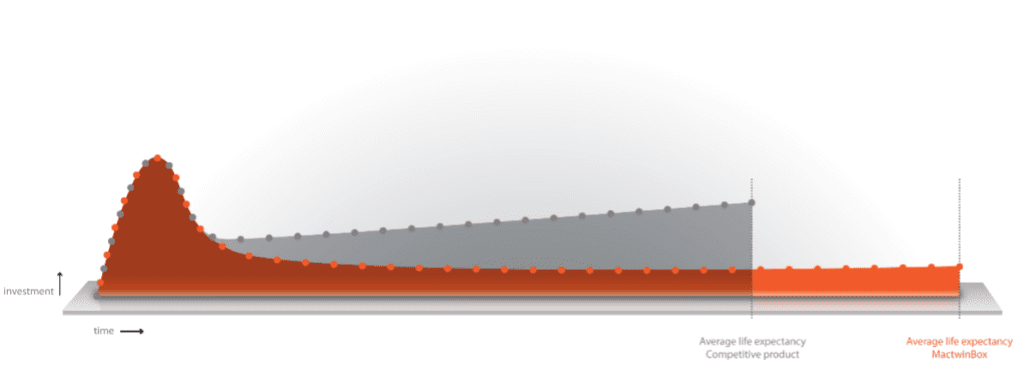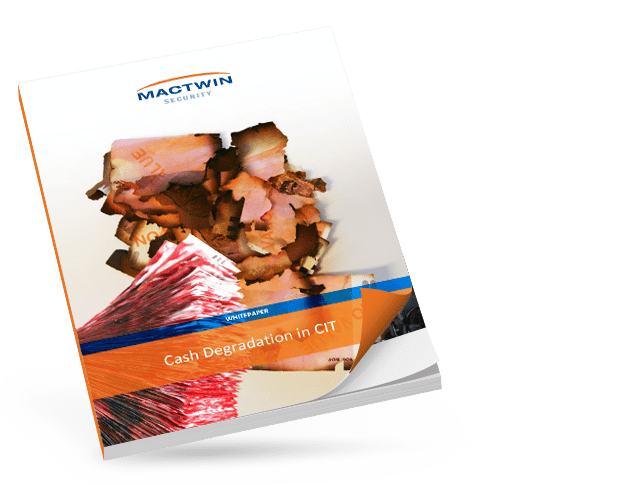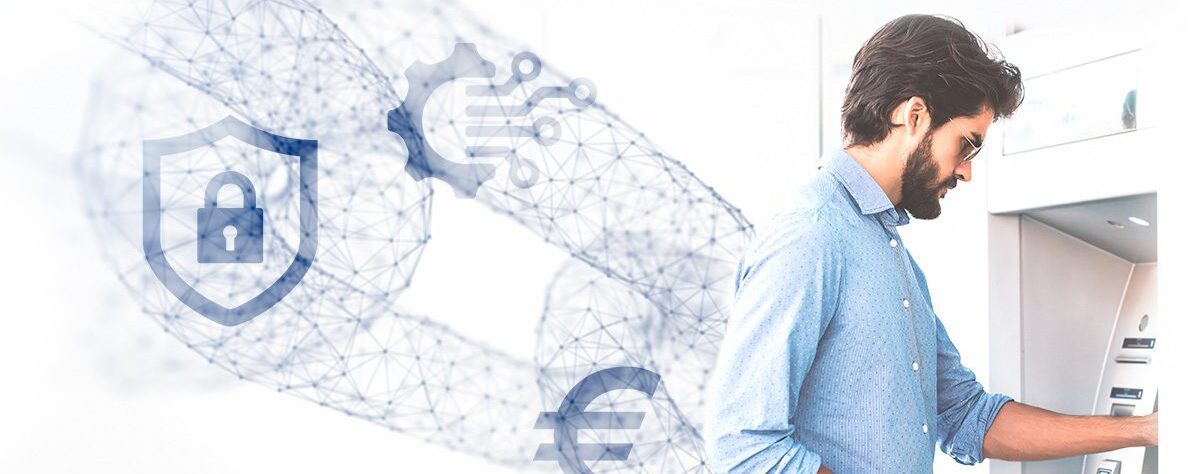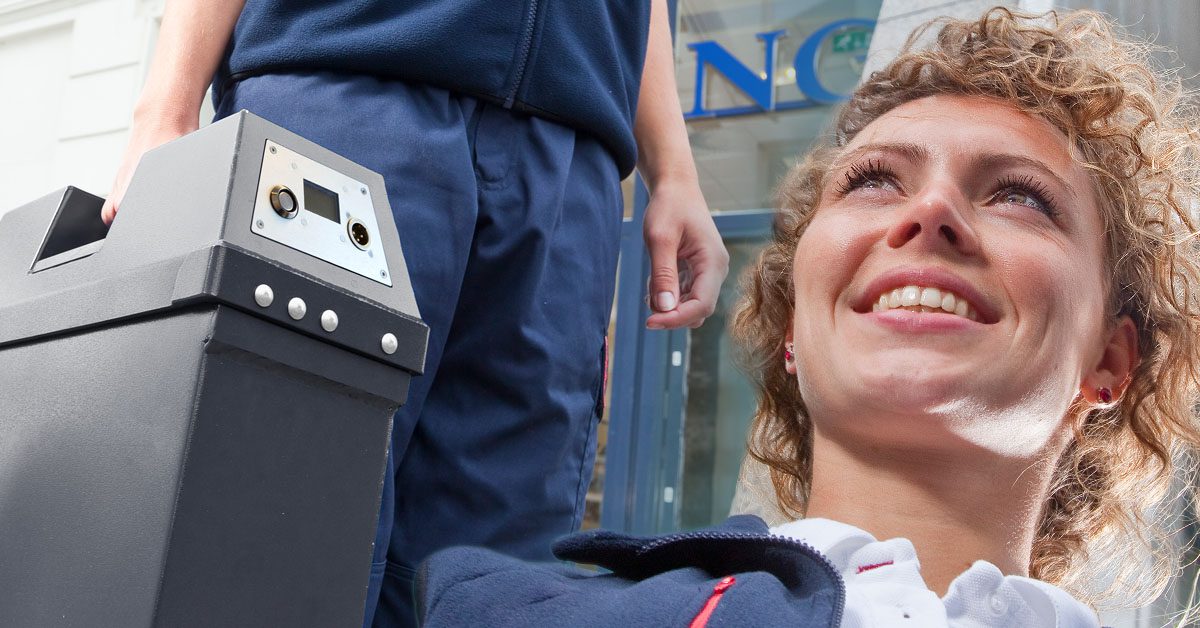What does a CIT Cashbox REALLY cost?
Besides the danger to health and safety of CIT officers, being robbed costs a CIT company lots of money! Investing in a cashbox that irreversibly degrades the cash inside, is the best way to prevent robberies from happening. Of course, these security measures also cost money. Prices of available cashboxes vary. The differences are not so much related to the type of cash degradation, but to several other aspects: material use, production process, available options, use of technological components, etc. However, the price of a cashbox is not determined solely by the purchase price. It is important to also consider the Total Cost of Ownership (TCO) of the different boxes to determine your best buy.
Purchase price of a Cashbox (CapEx)
The use of materials (durability) and the available options are the largest components of the purchase price. It makes a big difference whether a cashbox is made of plastic or aluminum. The basis for a cashbox is a solid construction and cash degradation. The more options the box has, the more expensive it will be. Consider, for example, active (versus passive) activation, remote management technology, GPS, anti-theft measures, various add-ons to switch between ATM Servicing and Retail Servicing, the number of on-board sensors against tampering and a key management system. Obviously, these options increase the purchase price, but most of the time they are well worth the money and you will more than recoup the extra investment over the lifetime of the product. So be well informed and calculate the Return on Investment (ROI).

Service & Maintenance
Over time, the battery’s performance will deteriorate and some cash degradation liquids may exceed their expiration date. On average, the service interval for a cashbox is once every 2 years. If the boxes need to be physically sent for maintenance, you must have enough spare boxes to keep the operation running. That stock can be limited by applying remote management. Instead of periodic preventative maintenance where all boxes have to be sent for maintenance (even if they are not yet technically due for maintenance), it can then be seen remotely what the status of the battery is and what the status and expiration date of the cash degradation liquid are. Maintenance will never take place too early or too late, but always right on time. In addition, firmware updates can be performed remotely.
Lifespan
The quality of the manufacturing process and the materials used are decisive when it comes to the total lifespan of a cashboxe. Make no mistake; a cashbox has to endure a lot during its lifetime. Employees drop them, there is bumping, scraping, pounding and we sometimes even see suitcases that are used as door stops. The true test of quality is shown by the average life of the cashbox. There are cashboxes available with a lifespan of 3 years, others last even longer than 10 years. You would do well to consider the costs over the entire lifetime of the cashbox.
False activations
An important aspect of the TCO is the number of false activations that a system causes. Any unwanted activation (due to a user error or a technical malfunction) will stop the CIT process and this is costly. When choosing a cashbox system, make sure you have a good understanding of the track record of false activations over a representative period. Moreover, every false activation damages the confidence in the cashbox among the CIT employees. All the more reason to prevent this unrest and to opt for a well-functioning system with a low FAR (False Activation Rate).
You see, instead of the purchase price, it’s all about the TCO. Be careful not to compare apples to oranges…
Choosing a cost-effective Cashbox for your CIT operation
There are many differences between the available CIT Cashboxes. When selecting a cost-effective CIT Cashbox, explore the options offered by the various manufacturers in this area and make the best choice. In any case, when choosing your perfect solution, keep these 5 critical success factors (in no particular order) in mind.
- Banknote degradation: distinctive and irreversible
- Flexibility in operation
- Health & Safety
- Certification and local legislation
- Price & TCO





